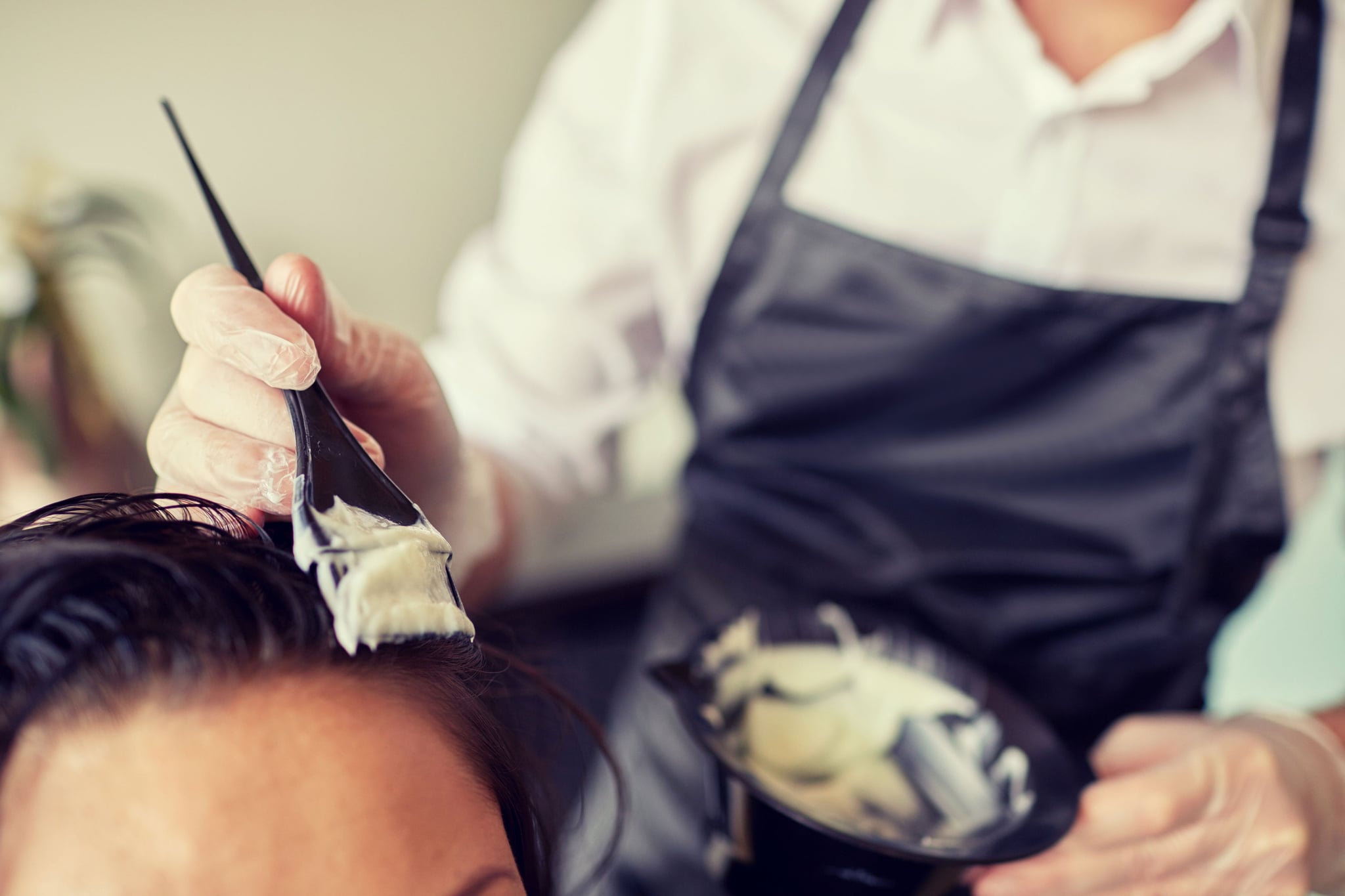
Thinking About Changing Your Look? Here’s a Hairstylist’s Tips On How to Safely Color Your Natural Hair
Like many chemical treatments, dyeing your natural hair requires a little research before taking the plunge. There's figuring out the best stylist to go to, or if you're going the DIY route, looking into the best kinds of products to use to get the job done. More than anything, you should want to know how you can color it safely so that it doesn't wind up damaged or over-processed in the end, especially if your hair is textured. To learn a bit more about what to keep in mind when undergoing a color change, we got a few tips from Emmy-winning celebrity hairstylist, Angela C. Styles. Check them out ahead. Tip #1: Know How Your Hair Behaves This goes for applying almost any product to your hair, but for hair color specifically, you should pay attention to its behavior and porosity before trying to lighten or darken it. How well your hair is able to retain moisture typically determines how easy it will be for it to maintain the color you add to it. "If your hair is lower..

Like many chemical treatments, dyeing your natural hair requires a little research before taking the plunge. There's figuring out the best stylist to go to, or if you're going the DIY route, looking into the best kinds of products to use to get the job done. More than anything, you should want to know how you can color it safely so that it doesn't wind up damaged or over-processed in the end, especially if your hair is textured.
To learn a bit more about what to keep in mind when undergoing a color change, we got a few tips from Emmy-winning celebrity hairstylist, Angela C. Styles. Check them out ahead.
Tip #1: Know How Your Hair Behaves
This goes for applying almost any product to your hair, but for hair color specifically, you should pay attention to its behavior and porosity before trying to lighten or darken it. How well your hair is able to retain moisture typically determines how easy it will be for it to maintain the color you add to it.
"If your hair is lower in porosity, it means that the hair dries fast when it's moisturized, therefore it'll get drier with color," Styles told POPSUGAR. "If the hair is higher in porosity, it'll retain color well and prevent hair from breaking."
Another thing to consider is how your hair has taken to past color treatments. If you've experienced excess damage, for example, it may be best to either reconsider your process, have a professional apply it for you, or refrain from dyeing your hair at all.
Tip #2: You Don't Always Have to Bleach It
Whether or not you'll need bleach or developer to color your hair depends on your natural hair color and how light or dark you want to go. "If you're looking to go honey or darker blond, you can do it without a developer," Styles said. "However, if you're looking to go platinum or strawberry blond, you will need developer.
It's also important to remember that if you're going from a dark hair color to a light one, you may need more Read More – Source

